
What is diverticulitis?
Diverticulitis is a condition that affects the digestive system and can cause severe pain in the lower abdomen. It’s usually treatable by antibiotics or slight changes in diet, but does require medical attention from a professional. Before you head to the doctor, learn the silent symptoms of diverticulitis that can help you identify whether you have the condition. (Here are 7 common stomach pains and what they mean.)
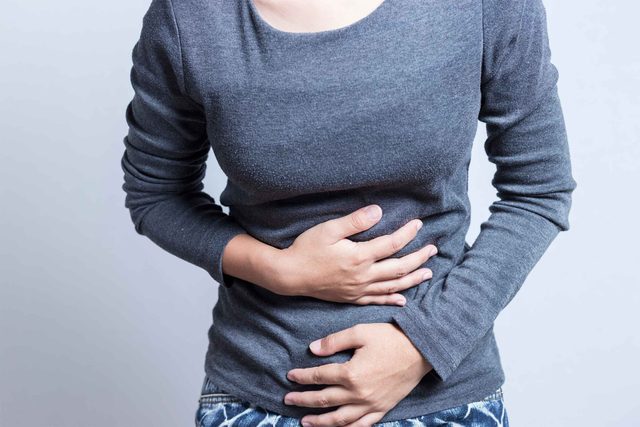
What’s the difference between diverticulitis and diverticulosis?
Diverticula, which are at the root of both conditions, are pouch-like structures about the size of a marble that form in the wall of the large intestine. The presence of diverticula in the large intestine is called diverticulosis, and, though it has a medical name, the simple act of the diverticula forming in the large intestine doesn’t cause a problem for most people. In fact, about half of all people over age 60 have diverticulosis, according to the U.S. National Library of Medicine.
The diverticula are usually identified in an X-ray, CT scan, or colonoscopy, according to David Greenwald, MD, director of clinical gastroenterology and endoscopy at Mt. Sinai Hospital in New York City. “Diverticulitis occurs when the diverticula become inflamed or infected,” Greenwald says. “They get inflamed for an unknown reason. We aren’t entirely sure what causes it.” (Here are the best colonoscopy prep tips according to doctors.)
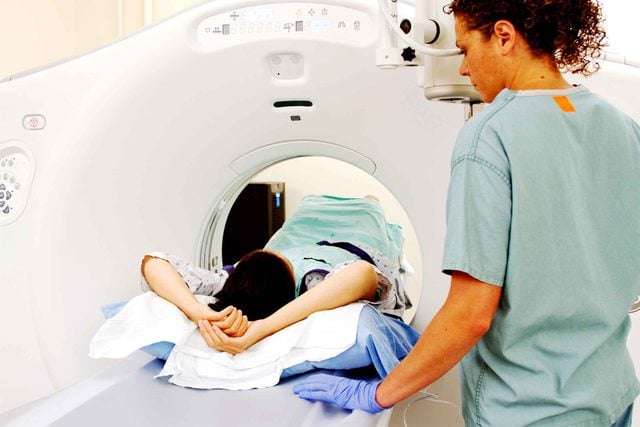
Diverticulitis symptom: Pain in the lower left abdomen
The most common symptom of diverticulitis is a sharp pain in the lower left abdomen. About 80 percent of people feel the sharp pain on the left side of their abdomen in the area below the belly button, says Brian Putka, MD, a Cleveland Clinic gastroenterologist.
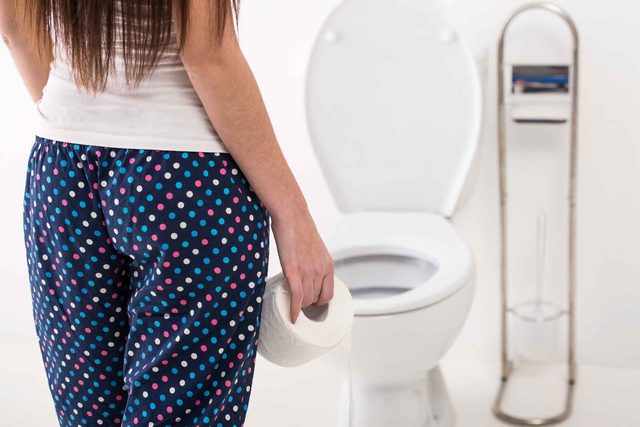
Diverticulitis symptom: Constipation
Many people with diverticulitis notice a change in bowel patterns when they have diverticulitis, but Dr. Putka says constipation occurs more frequently than diarrhea. (These are other surprising reasons you could be constipated.)
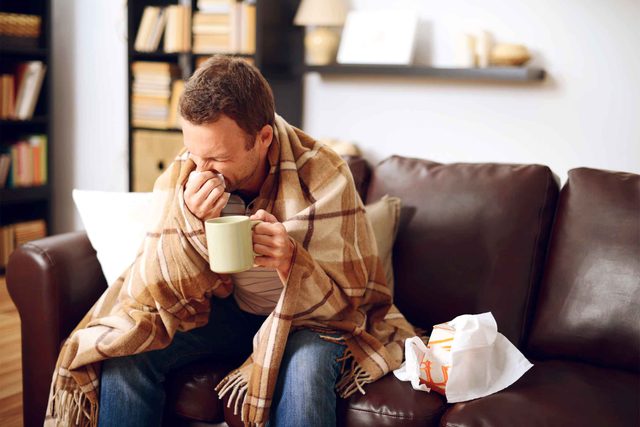
Diverticulitis symptom: Fever and chills
If the diverticula become infected with bacteria, you might develop a fever as your body tries to fight off the infection. (This is the reason why fevers make you cold.)
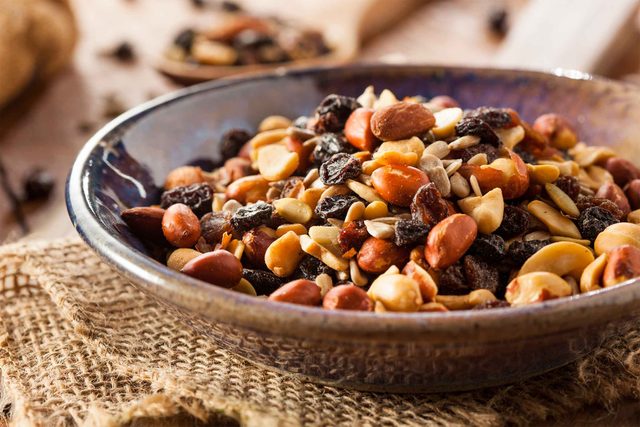
Diverticulitis symptom: Change in appetite
The pain diverticulitis causes in the stomach might make some people lose their appetites. Doctors used to believe that hard-to-digest, smaller foods like popcorn, nuts, and seeds caused diverticulitis, but that is no longer the case, according to many studies including this one in JAMA. There are no specific foods you need to avoid between attacks. “If you Google diverticulitis, the first thing you’ll find is not to eat seeds or nuts because they’ll get stuck in the diverticula,” Dr. Greenwald says. “There’s no medical basis to that or scientific study to prove it.” (Here are 9 reasons to add popcorn to your diet.)
Diverticulitis risk factor: Low-fiber diet
Diets that are high in fat and low in fiber can make people more at risk for diverticulitis, Dr. Greenwald says. Increasing the amount of fiber in your diet can help prevent painful flare-ups of diverticulitis. The best sources of fiber are fruits, vegetables, and grains, but your doctor might also recommend unprocessed bran or a fiber supplement. If you plan to increase your fiber intake, do it gradually and drink plenty of water to prevent constipation. (Here’s why fiber is good for us.)
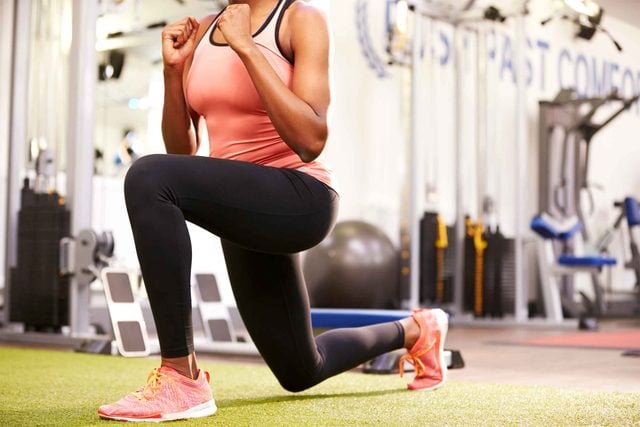
Diverticulitis risk factor: Lack of exercise
Keeping up with a regular exercise regimen can help decrease the risk of diverticulitis. “Regular exercise is very important in promoting good bowel health,” Dr. Greenwald says. (These are clues that you need more physical activity in your life.)
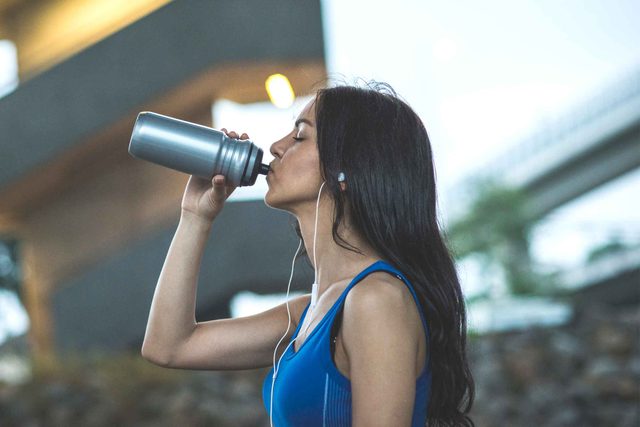
Diverticulitis risk factor: Not drinking enough fluids
Staying hydrated isn’t only important so your body can function at its highest level—it can also help decrease the risk of diverticulitis. Drink plenty of water and clear fluids to keep your stools soft. And if you’re bulking up on fiber or taking supplements, it’s key to drink lots of liquids in order to prevent constipation. “Drinking an adequate amount of fluids, combined with the necessary amount of fiber, will make the stool bulkier, and there’s less chance of areas in the intestines bulging out,” Greenwald says. (Try these tips to drink more water every day.)
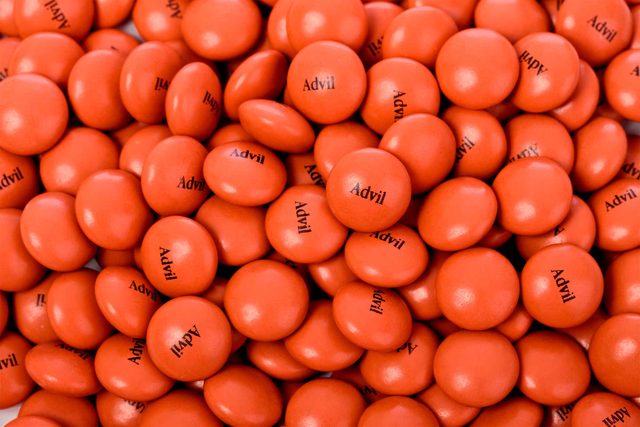
Diverticulitis risk factor: Taking anti-inflammatory drugs
Certain medications might increase your risk of getting diverticulitis, including steroids, opiates, calcium channel blockers, and nonsteroidal anti-inflammatory drugs, such as ibuprofen (Advil and Motrin) and naproxen (Aleve). These are especially a problem in older people or those with underlying conditions. (Here’s what else doctors might not tell you about pain meds.)